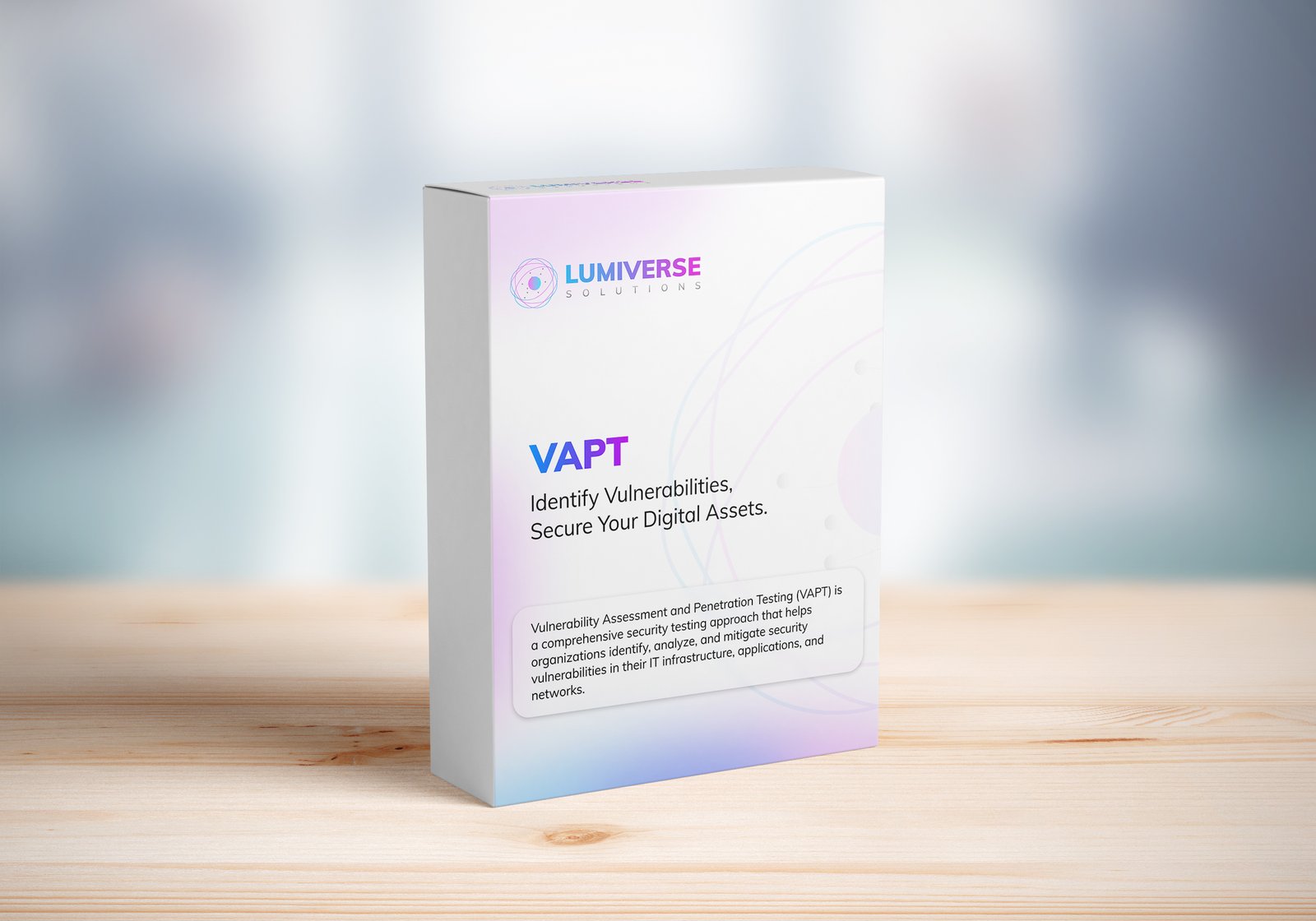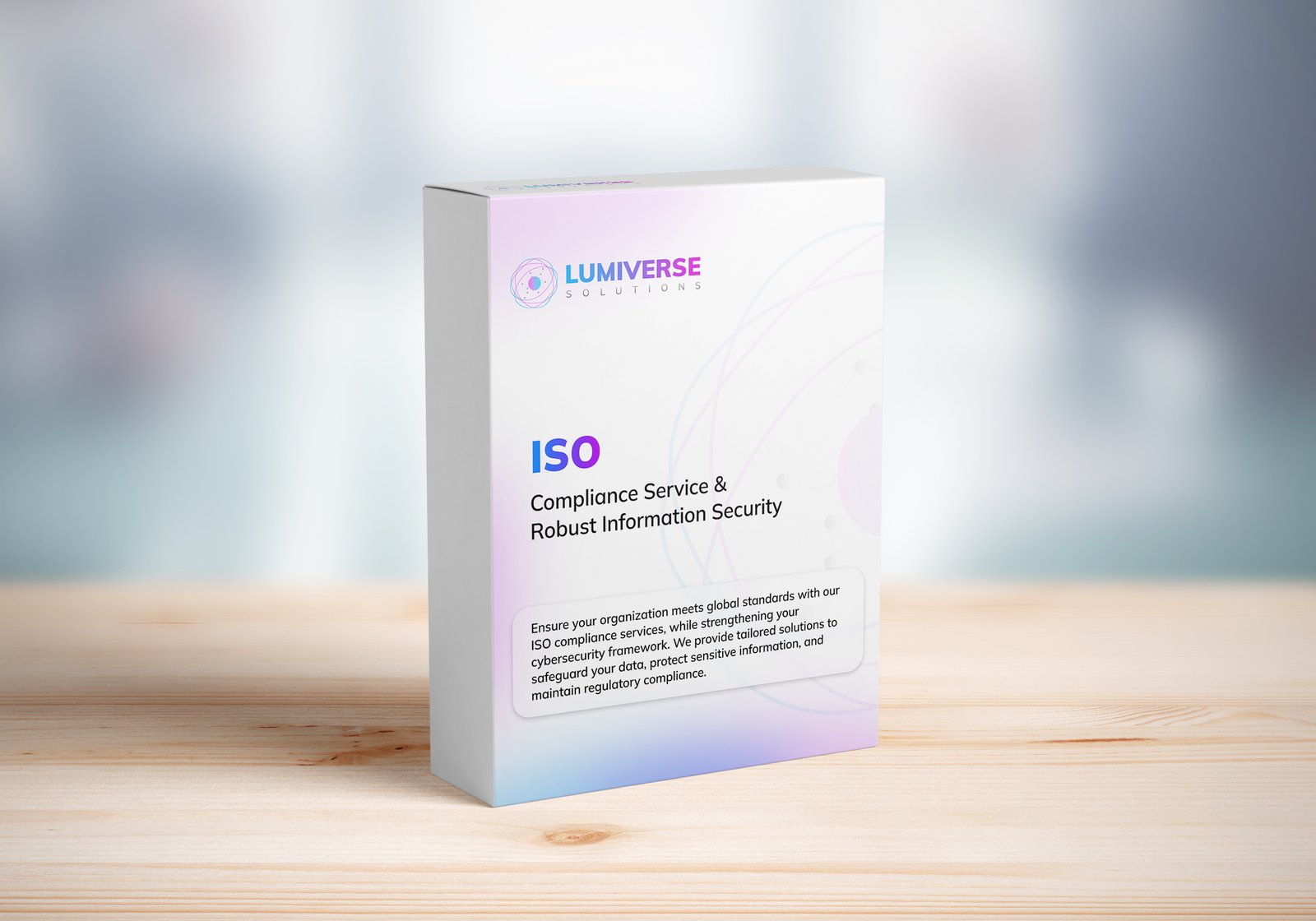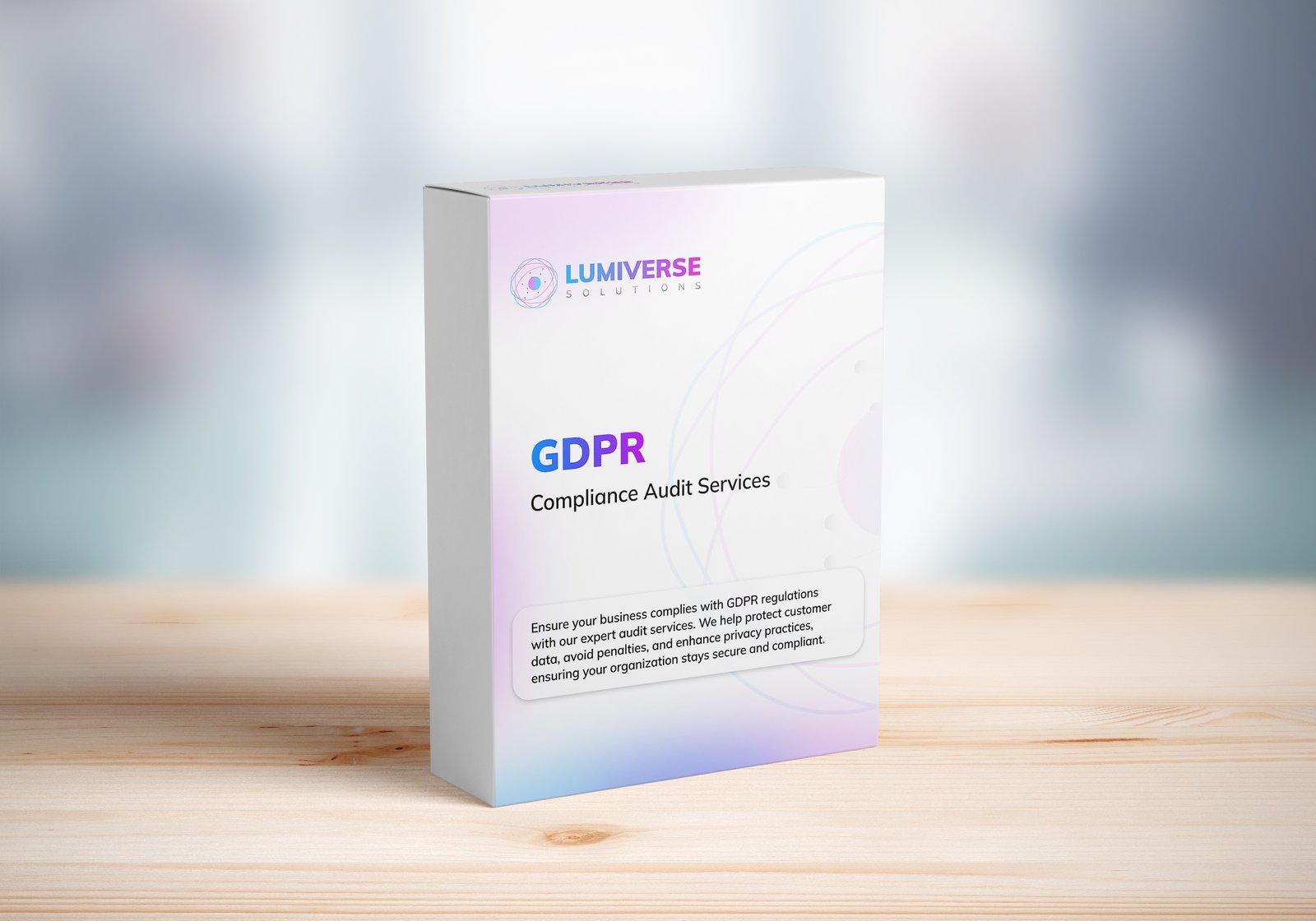VAPT Report Reveals Network Vulnerabilities Know It All

INTRODUCTION
In every organization, the lifeblood that ensures operations continue, innovation keeps flowing, and customers remain satisfied is information. The perimeter that guards that information is your network—and that perimeter is under constant, automated, and increasingly sophisticated attack. When a VAPT Report Unveils Network Vulnerabilities, it gives you a flashlight in an otherwise dark room with unseen trip-wires: you instantly realize not just the weaknesses but the very routes an attacker will take. This complete in-depth guide (circa 5 000 words) takes you step by step through all that you want to know about Vulnerability Assessment and Penetration Testing, why the ensuing VAPT Report Unveils Network exposure in a refreshingly actionable manner, and how to turn those results into better security, ongoing improvement, and quantifiable return on investment.
1. Setting the Stage: Why VAPT Matters More Than Ever
In the past ten years, three tectonic changes have reshaped the security landscape:
Hyper-connectivity: Cloud computing, working from anywhere, and edge computing have erased the antiquated “inside/outside” network paradigm.
Industrialized cybercrime: Ransomware-as-a-service, botnet-based exploit kits, and AI-powered social engineering have made it easier for attackers to become players.
Regulatory teeth: From GDPR to India’s Digital Personal Data Protection Act, stringent penalties for violations loom large.
In this context, a periodic scan or a compliance checklist will not suffice. It takes only a thorough, holistic exercise—where a VAPT Report Reveals Network weak spots the way an attacker would identify and exploit them—that provides defenders with the clarity and sense of urgency needed to respond.

2. VAPT in Plain English
Vulnerability Assessment (VA) records weaknesses: missing patches, misconfigurations, weak encryption, default credentials, etc. The majority of this process is automated, producing large lists.
Penetration Testing (PT) shifts from “what can be wrong” to “what can be broken.” Talented testers string together vulnerabilities, take advantage of logic flaws, and pivot between environments to demonstrate real-world effect.
Put the two together and you have VAPT. The magic happens at integration: the resulting VAPT Report Exposes Network threats in business context, correlating raw results to plausible attack vectors, data-exfiltration avenues, and quantifiable financial or regulatory effect.
3. Anatomy of a VAPT Engagement
A mature provider executes a seven-phase methodology. Understanding each step reveals why the final VAPT Report Reveals Network posture so thoroughly.
Scoping & Goal Definition – Define goals, key assets, tolerable testing windows, and engagement rules.
Reconnaissance – Collect open-source intelligence (OSINT), count sub-nets, fingerprint operating systems, and create an attack surface map.
Automated Scanning – Execute credentialed and uncredentialed scans to reveal known CVEs, config mistakes, and policy breaches.
Manual Verification – Eliminate false positives, adjust exploit parameters, and confirm exposure.
Exploitation & Privilege Escalation – Try to establish footholds, raise rights, go laterally, and reach sensitive info.
Post-Exploitation Analysis – Record achieved goals, possible persistence vectors, and cleaning actions.
Reporting & Debrief – Present a story where the VAPT Report Reveals Network threats in language that is understandable to engineers as well as executives.
4. Breaking Down the VAPT Report
A good VAPT Report Reveals Network gaps in a multi-layered, narrative structure.
In two pages or less, non-technical executives observe the risk level, business impact, attacked attack paths, and a remediation priority list.
Engagement Details
Scope, schedule, tools, tester qualifications, and deviations from accepted rules of engagement. This openness engenders trust and the report is audit-ready.
Asset Narrative
Rather than spewing out IP addresses, the report takes users through key servers, cloud workloads, user groups, and IoT or OT devices, detailing why each was significant to the adversary simulation.
Vulnerability-to-Impact Storylines
This is where the VAPT Report Uncovers Network vulnerabilities in living color: “An unauthenticated path-traversal vulnerability on the public payment gateway facilitated credential stealing, which in turn revealed VPN access, which ultimately revealed the crown-jewel SQL cluster.”

Risk Ratings and Rationale
Each concern is labeled Critical/High/Medium/Low, but rating is supported with likelihood, exploit difficulty, current controls, and potential loss—rendering triage justifiable to auditors and insurers.
Tactical & Strategic Recommendations
For each deficiency, instant remedies (use patch KB-502-XYZ, turn off SMBv1) accompany root-cause advice (harden CI/CD pipeline, require MFA, update network segmentation).
Appendix Proofs
Screenshots, exploit traces, and hash values offer proof. When the VAPT Report Discloses Network gaps, auditors seldom protest since the evidence is incontestable.
5. Reading Between the Lines: What the Numbers Mean
A vulnerability scanner can spew out 2 000 results. Of concern are the 1-or-2 exploit chains that actually pose risks to revenue, safety, or mission. The VAPT Report Exposes Network severity through context:
Time-to-Exploit – Can the attacker weaponize the flaw in minutes or weeks?
Ease-of-Discovery – Would a script kiddie automatically catch it?
Business Proximity – Number of hops to customer PII or payment systems?
Detectability – Will current SIEM, EDR, or NDR solutions trigger an alarm?
A Critical rating tends to be indicative of short time-to-exploit, publically available exploit code, direct access to sensitive data, and low detectability—all situations the report explicitly describes.
6. Common Vulnerabilities Discovered
When a VAPT Report Discloses Network vulnerabilities, some themes repeat:
Outdated software on firewalls, VPN concentrators, or old web servers.
Poor segmentation enabling workstation-to-server lateral movement.
Exposed management ports over the internet (SSH, RDP, Telnet).
Insecure services such as SMBv1 or legacy TLS ciphers still active.
Shadow IT cloud buckets remaining publicly accessible with incorrectly configured ACLs.
Each of these stings alone; together they are breach accelerators.
7. Case Study 1 – Banking Sector Breakthrough
A local bank hired VAPT following an RBI advisory. The VAPT Report Discloses Network misconfigurations that let testers pivot from a public-facing ATM status page to the internal transaction switch. The path of the exploit meshed an out-of-date Drupal CMS, reused admin passwords, and trust relationships between monitoring sub-nets. After remediation, the bank deployed network micro-segments, mandated password rotation, and reduced time-to-detect from days to minutes.

8. Case Study 2 – Wake-Up Call for SaaS Start-Up
A rapidly expanding SaaS provider thought its cloud-native platform was secure. But the VAPT Report Unveils Network vulnerabilities: an orphaned EC2 instance with unguarded SSH, Kubernetes dashboard open, and hard-coded AWS keys in a GitHub repository. Hackers might have breached customer data sets that were worth millions. In six weeks the company implemented Infrastructure-as-Code scanning, rotated all secrets, and implemented a bug-bounty scheme.
9. Case Study 3 – Healthcare Under Fire
A group of hospitals asked for emergency testing following rumors of dark-web activity. The VAPT Report Unveils Network routes that left patient imaging repositories just a hop from an ancient print-server that was vulnerable to EternalBlue via SMB. Added to a publicly facing Citrix gateway, ransomware risk was through the roof. The hospital patched, separated OT devices, and implemented application allow-listing, sidestepping the six-figure ransom that struck a peer hospital months later.
10. Making Findings into Fixes
A report is only as valuable as the action it leads to. Best practice:
Prioritize by Business Risk – Seal the path to sensitive information ahead of a low-impact dev box.
Assign Ownership – Associate each suggestion with a named team and target date.
Validate Remediation – Re-scan specific Critical and High items to verify closure.
Update Policies – Codify lessons learned into secure-build requirements and change-management gates.
Train Staff – Provide anonymized results so developers, ops, and execs comprehend real-world impacts.
When every step points back to where the VAPT Report Unveils Network problems, stakeholders recognize the evident connection between reading, doing, and protecting.

Conclusion
With today’s threat environment, cybersecurity isn’t a choice—it’s a necessity. A VAPT Report Exposes Network weaknesses in ways automated scans or audits can’t. It gives an attacker’s perspective on your digital border and presents actionable recommendations to guard what is most critical. Protecting customer information, ensuring regulatory readiness, or keeping business running are all legitimate concerns, and Vulnerability Assessment and Penetration Testing is the forward-thinking action that differentiates strong organizations from weak ones.
By seeing how a VAPT Report Exposes Network vulnerabilities, implementing its suggestions, and integrating VAPT into your security plan for the long term, you have a living defense system—one that adapts to threats, grows with your business, and builds trust among your stakeholders.
Disclaimer
The material on this blog is for educational purposes only. Although all the reasonable efforts have been made to ensure accuracy, Lumiverse Solutions and the author do not warrant completeness, reliability, or suitability of content. Legal, regulatory, or cybersecurity advice is not given on this blog. Always obtain advice from certified cybersecurity experts and legal professionals prior to making decisions based on security evaluations or taking compliance-related actions.
Recent Posts
Categories
- Cyber Security
- Security Operations Center
- Cloud Security
- Case Study
- Technology Trends
Vulnerability Assessment & Penetration Testing (VAPT)
Buy our VAPT services to identify vulnerabilities, simulate real-world attacks, and strengthen your systems against cyber threats effectively.

iso compliance service
Buy our ISO Compliance services to streamline processes, ensure security, meet global standards, and maintain industry certifications with ease.

SOC 2 Compliance Audit
Ensure your business meets security, privacy, and compliance standards with our SOC 2 Compliance Audit services. Protect data, build trust, and stay secure. Buy our services today!

GDPR Compliance Audit Services
Ensure your organization meets GDPR standards with our expert compliance audit services. Protect data, avoid penalties, and enhance privacy practices. Buy our services today to stay secure and compliant!

Subscribe to our Research
Enter your email address to subscribe to Lumiverse Research and receive notifications of new posts by email.
Tell Us Your Opinion
We value your perspective! Share your thoughts, feedback, or questions below. Your opinion matters and helps create a richer, more engaging conversation. Let’s connect and hear what you think about this post!

